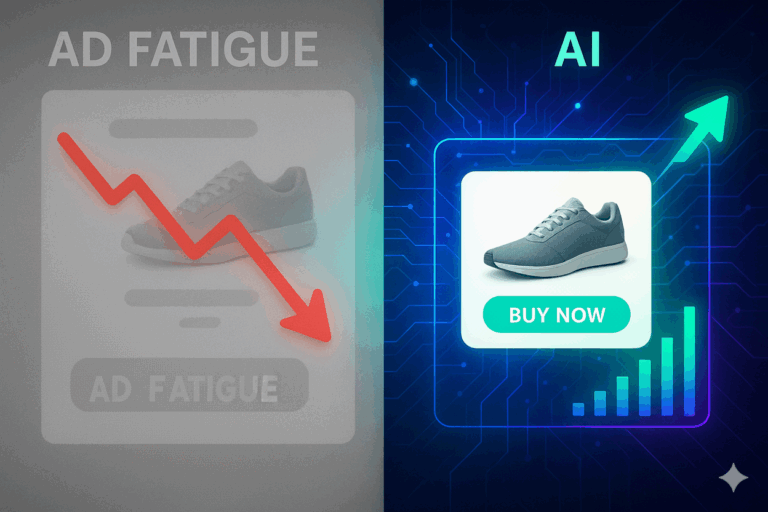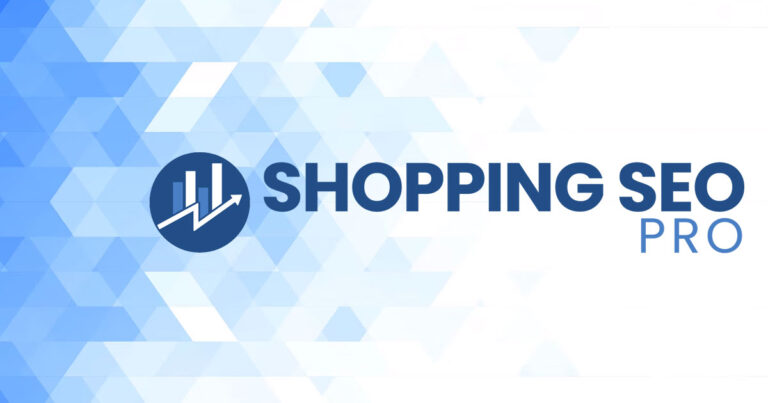Imagine this: you’re running ads at a 0.70 ROAS.
You’re spending $1 to make $0.70. That sounds like a disaster, right?
Not so fast.
If you’re only looking at the first purchase, you’re missing the forest for the trees. Some of the most successful brands regularly lose money upfront — because they understand the full value of a customer and exactly when they break even.
Here’s why a “bad” ROAS might actually be your smartest growth move.
The Full LTV Strategy: Why Month 1 Doesn’t Tell the Whole Story
Let’s break down a real-world scenario:
- Your average order value (AOV) in Month 1 is $110.
- Your ads are running at a 0.70 ROAS, so you’re spending $157 to acquire a customer.
- That customer goes on to spend $600 over 12 months.
So yes — you’re losing money in Month 1:
You spent $157 to make $110.
But zoom out:
You spent $157 to make $600 in total revenue. That’s a 3.82x true ROAS.
Real Profit Kicks In Fast
Here’s how this plays out month by month, assuming you’ve built a solid retention engine:
| Month | Revenue | Gross Profit (60%) | Ad Spend | Net Profit |
|---|---|---|---|---|
| 1 | $110 | $66 | $157 | –$91 |
| 2 | $90 | $54 | $0 | +$54 |
| 3 | $80 | $48 | $0 | +$48 |
By Month 3, you’re not just breaking even — you’re already $11 profitable per customer.
Everything after that? Pure upside.
Across 12 months, this customer generates:
- $600 in revenue
- $360 in gross profit (at 60% margin)
- $203 in net profit after ad spend
That’s a 129% return on your acquisition spend. For every $157 you put in, you get $360 out — and the business builds on itself each month.
Multiply the Math: How Fast It Scales
Let’s say you acquire 5,000 customers this way:
- Month 1: –$455,000 net loss
- Month 3: Already break even
- Month 12: +$1,015,000 in net profit
You didn’t just recover. You turned a “losing” campaign into a 7-figure profit machine — by understanding the timing of return, not just the front-end metrics.
When This Strategy Works Beautifully
This strategy is gold if:
- You’ve got real LTV — $500, $600, or more
- Your brand drives repeat purchases within 30–60 days
- You know your margins and payback timeline
- You’ve dialed in email, SMS, or subscriptions for follow-up
- You’re ready to invest in growth before profit
It’s what separates brands that stall at 6 figures from those scaling to 8 and 9.
When It’s Dangerous
A 0.70 ROAS is not for everyone. Don’t try this if:
- Your product is one-time use or has low retention
- You don’t have cash reserves or funding to support up-front losses
- You can’t accurately measure LTV by cohort
- Your post-purchase experience doesn’t drive more revenue
ROAS Is a Metric. Profit Is a Plan.
Ad platforms want you obsessing over ROAS because it’s easy to track. But ROAS isn’t profit. It’s a signal — and sometimes a misleading one.
Here’s what matters more:
- Contribution margin
- LTV and payback window
- Net profit by cohort
- Customer acquisition cost vs. lifetime value
If you’re playing the long game — and you’ve built your funnel to retain and monetize — a low ROAS isn’t a red flag.
It’s a green light to scale.
Want to Know Your Break-Even Month?
We built a model that shows you:
- How fast your ad campaigns actually pay off
- What margin and LTV make your current ROAS sustainable
- How many customers you can afford to acquire without burning out




